Periods of tranquillity are seldom prolific of creative achievement. Mankind has to be stirred up
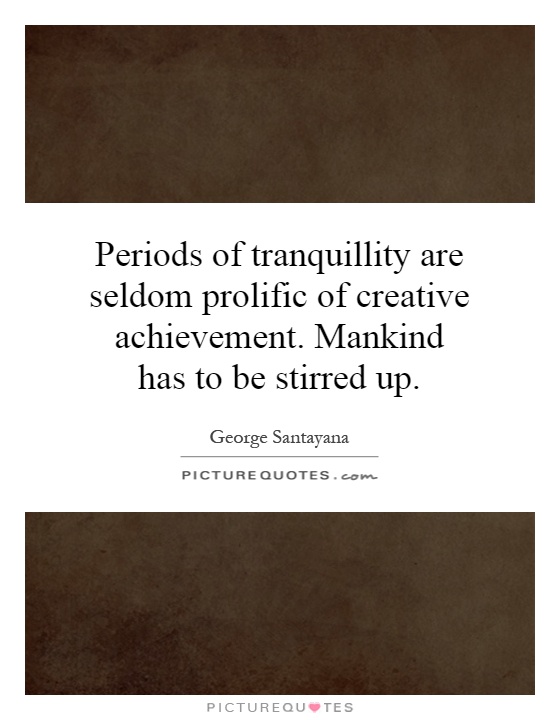
Periods of tranquillity are seldom prolific of creative achievement. Mankind has to be stirred up
George Santayana, a renowned philosopher and essayist, once remarked that periods of tranquillity are seldom prolific of creative achievement. According to Santayana, it is during times of upheaval and turmoil that mankind is truly stirred up and inspired to create. This sentiment is echoed throughout history, as many of the greatest works of art, literature, and innovation have emerged from times of conflict and change.Santayana's observation can be seen in the context of various historical periods. For example, the Renaissance, a time of great cultural and intellectual growth in Europe, was marked by political and religious upheaval. It was during this period that artists like Leonardo da Vinci and Michelangelo created some of their most iconic works, and thinkers like Galileo and Copernicus revolutionized our understanding of the universe. The turmoil of the Renaissance served as a catalyst for creativity and innovation, pushing mankind to new heights of achievement.
Similarly, the Romantic era in the 19th century was a time of social and political upheaval, marked by revolutions and wars. It was during this period that poets like Wordsworth and Shelley wrote some of their most powerful and enduring works, and composers like Beethoven and Chopin revolutionized music. The tumultuous events of the Romantic era inspired artists and thinkers to challenge the status quo and push the boundaries of their respective fields.

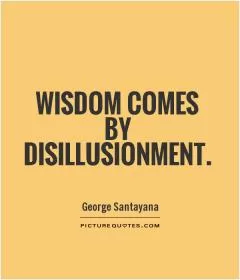

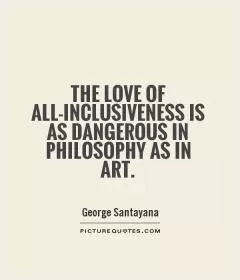


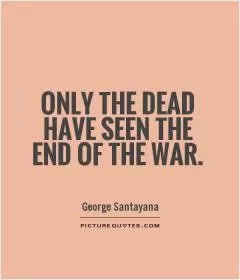
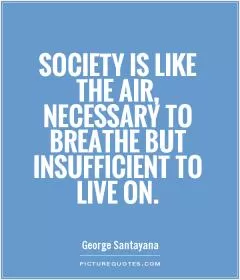


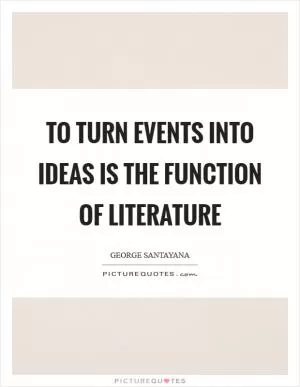

 Friendship Quotes
Friendship Quotes Love Quotes
Love Quotes Life Quotes
Life Quotes Funny Quotes
Funny Quotes Motivational Quotes
Motivational Quotes Inspirational Quotes
Inspirational Quotes